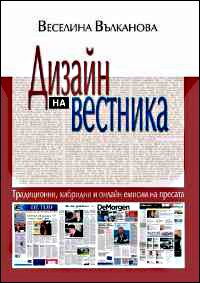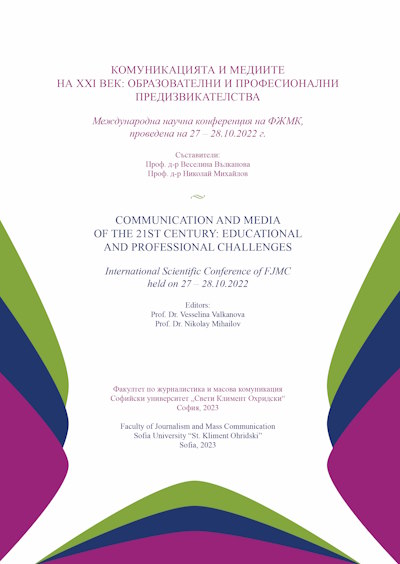
Autopromocja, autoprezentacja, wizerunek w mediach masowych. T. 3
Another – third – volume in the self-promotion-related series entitled Self-promotion, self-presentation and one’s image presented in mass media constitutes a collection of articles which this time seek the strategy of creating one’s image in mass media. In this exceptionally receptive space one may perceive realisations of various self-promotion-related strategies which are embraced by those who attempt to make an impact on the mind of the reader, listener or spectator.Therefore the strategies which were mentioned not only furnish inspiration for reflection about various individuals or social groups who use the public space in order to promote their image but also a splendid starting point for an analysis of the media space which was embraced and in which a presentation of specific attitudes is preformed by means of word and image.We hope that the text which we present to the reader will be engaging, and will inspire reflection and discovery in the field of self-promotion-related discourse.
More...


















